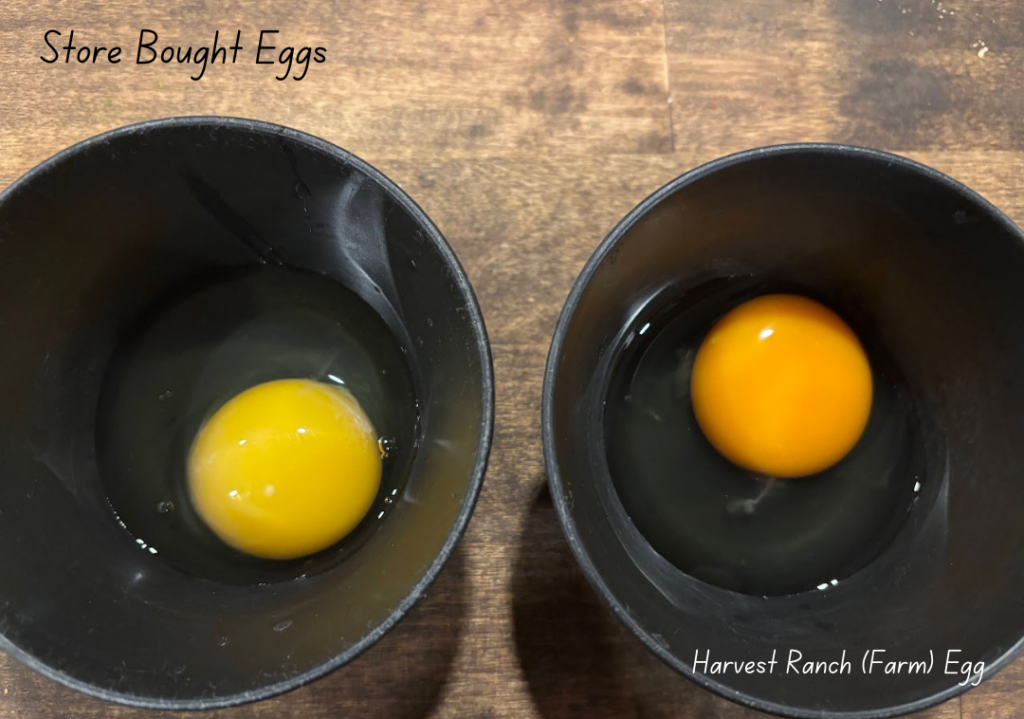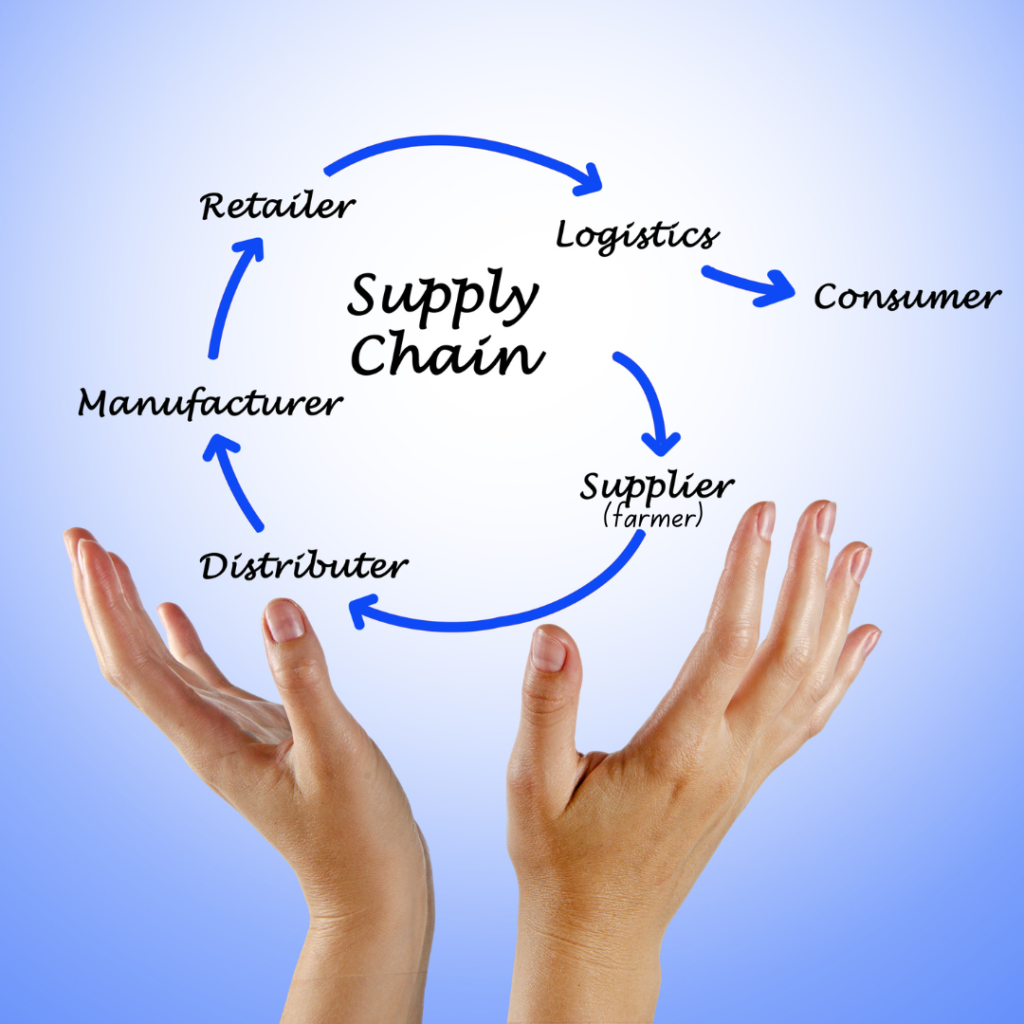Eat Local Foods: 7 Reasons You Should Support Your Farmer
I have always been a big fan of eating local foods. So much so that I aim to eat 75% local within the next six months. This will mean eating less meat, adding lots of fruits and veggies, purchasing local flour (because I’m lucky enough to be able to), and still not skipping out on my coffee!
Local Foods Has More Flavor
Have you ever bitten into a grocery store tomato and thought, “Meh, this tastes like…nothing”? That’s because most produce at big supermarkets is picked before it’s fully ripe to survive long-distance shipping. But when you buy local, that fruit or vegetable was likely picked at peak ripeness—meaning it’s bursting with flavor.
Local farmers don’t have to worry about their crops sitting in a truck for days or weeks, so they can let their produce develop naturally. That extra time in the sun means sweeter strawberries, juicier peaches, and tomatoes that taste like tomatoes. If you’ve ever had a freshly picked peach from a local farm stand (if you’re in Southern Illinois, I recommend Flamm’s Orchard), you know exactly what I’m talking about—it’s like eating sunshine.
And it’s not just fruits and veggies. Locally raised meats, eggs, and dairy tend to taste better because they come from animals often given more natural diets and raised with care. Fresh eggs from a local farm have richer yolks and more depth of flavor than the ones you’ll find at the grocery store. See the picture below.

When you buy locally, you’re not just supporting a farmer—you’re treating yourself to food that tastes like nature intended.
For more information, check out the book Tomatoland.
Local Foods Has More Nutrients
If you want the most nutrition from your food, it all starts with the soil.
Local farmers, mainly small-scale and organic farmers, tend to focus on soil health. Healthy soil is packed with essential minerals, microbes, and organic matter that nourish plants naturally. When crops are grown in nutrient-rich soil, they absorb more of the good stuff—like vitamins, minerals, and antioxidants—which means better nutrition for you.
Now, compare that to large-scale industrial farms. Many rely on synthetic fertilizers and overworked soil depleted of its natural nutrients. The result? Produce that looks fine but may not be as packed with vitamins and minerals as you’d hope.
Another reason local foods are more nutrient-dense? Time.
The longer food sits after it’s harvested, the more nutrients it loses. A head of lettuce or a bunch of kale from a big-box grocery store might have traveled hundreds (or even thousands) of miles before reaching your plate.
Some of its vitamin C and other key nutrients have started to break down when you eat it. But when you buy local, that same produce was probably picked just a day or two ago—meaning it’s fresher, healthier, and better for you.
Local Foods Benefit the Environment
Another great way buying local foods helps? It reduces your carbon footprint.
Think about how far most grocery store food has to travel before it lands on your plate. Many fruits and vegetables are shipped from thousands of miles away, sometimes even from other countries. That means tons of fuel are burned to transport them by truck, plane, or cargo ship—releasing carbon emissions into the atmosphere.
When you buy local, your food doesn’t have to take a cross-country (or cross-continent) road trip. It likely comes from a nearby farm, meaning fewer emissions and a much smaller environmental impact.
But the benefits don’t stop there. Local farms are often smaller and use more sustainable practices than massive industrial farms.
Many small farmers focus on crop diversity, regenerative farming, and organic methods, which help protect the soil, reduce pesticide use, and conserve water. Healthy soil absorbs more carbon, keeping it out of the atmosphere, while diverse crops support pollinators like bees and butterflies.
Another perk? Less packaging waste. Ever notice how grocery store produce is often wrapped in plastic trays and bags? Local foods are usually sold with little to no packaging, cutting down on plastic waste that would otherwise end up in landfills or oceans.
Local Foods Supports a Safer Supply Chain
When you buy local foods, you’re getting fresher and more nutritious ingredients and supporting a safer and more reliable food system.
One of the most significant risks with large-scale food production is how far food has to travel before it reaches your plate. The longer the supply chain, the more chances there are for contamination. Think about it—when food is shipped across the country (or even the world), it passes through multiple hands, warehouses, trucks, and distribution centers. There’s potential for improper storage, temperature fluctuations, and even foodborne illnesses at every step.

Local food, on the other hand, has fewer steps between the farm and your table. Since it doesn’t have to go through a complicated transportation network, there’s a lower risk of contamination from mishandling. Plus, local farmers often sell directly to customers at farmers’ markets, co-ops, or small grocers, so you can ask them about their farming practices and safety measures.
Another important factor? Traceability. You know where it comes from and can talk directly to the farmer.
Local Foods Preserves Genetic Diversity
One of the hidden benefits of buying local foods are that it helps preserve genetic diversity—something that’s disappearing in today’s industrialized food system.
Large-scale agriculture focuses on efficiency, meaning farmers grow just a handful of crop varieties that can survive long-distance shipping, have a uniform look, and produce high yields. While this might be good for mass production, it drastically reduces biodiversity.
Instead of the hundreds of apple varieties that once existed, grocery stores now mostly carry the same few kinds—often bred more for durability than taste. The same goes for tomatoes, corn, wheat, and many other crops.
Local farms, however, are more likely to grow heirloom and heritage varieties, which have been passed down for generations. These varieties often have more decadent flavors, unique textures, and an excellent range of nutrients.
In addition, they contribute to a more resilient food system. When farmers grow diverse crops, it reduces the risk of disease wiping out an entire harvest. A single type of banana may dominate the grocery store today. Still, a fungus or blight could wipe it out completely—something that has already happened with other banana varieties.
This genetic diversity isn’t just crucial for crops—it matters for livestock, too. Industrial farming favors just a few breeds of chickens, cows, and pigs that grow quickly and efficiently.
On the other hand, local farms are more likely to raise heritage breeds that are hardier, naturally disease-resistant, and adapted to their local environment.
Local Foods Support Your Local Economy
When you buy local foods, you’re not just getting fresher, tastier ingredients—you’re also putting money back into your own community. Instead of your grocery dollars going to massive corporations and faraway farms, they stay close to home, supporting local farmers, businesses, and jobs.
Think about it: when you shop at a farmers’ market, a farm stand, or a local butcher, that money goes directly to the people growing or raising your food. Those farmers then spend their earnings at other local businesses—restaurants, supply stores, and service providers—creating a ripple effect that strengthens the local economy. Studies have shown that money spent at small, local businesses circulates within the community much longer than big chain stores.
Buying local also helps keep small farms in business. Industrial farming and mass food production have made it harder for independent farmers to compete. When you choose local produce, dairy, or meat, you’re helping those farmers stay afloat, continue their work, and keep farmland from being sold to developers.
And let’s not forget jobs. Local farms and food businesses employ people in your community, from farmworkers and truck drivers to butchers, bakers, and market vendors. A thriving regional food scene creates opportunities for more people to make a living doing something meaningful—producing high-quality food for their neighbors.
Local Foods Create Community
Food has always been more than just fuel—it’s a way to connect with people. When you buy local foods, you’re not just making a transaction but building relationships and strengthening your community.
Think about a visit to the farmers’ market. Instead of rushing through a self-checkout line, you’re chatting with the person who grew your tomatoes, raised your eggs, or baked your bread. You get to know their names, hear their stories, and learn about where your food comes from. That connection creates a sense of trust and belonging missing in big-box grocery shopping.
Local foods also bring people together through shared experiences. Community-supported agriculture (CSA) programs, where you subscribe to a local farm’s seasonal harvest, often come with farm events, potlucks, and pick-your-own days (we will be starting this at Harvest Ranch soon!). These gatherings let you meet neighbors, swap recipes, and enjoy food socially and meaningfully.
Plus, supporting local foods often means supporting community programs. Many small farms donate fresh produce to local food banks, schools, and shelters, helping provide better nutrition for families in need. Some even run educational programs where kids and adults can learn about farming, sustainability, and where their food comes from.
When you buy locally, you’re doing more than just filling your fridge— you are investing in the people around you. Local foods has a way of making communities stronger, healthier, and more connected.